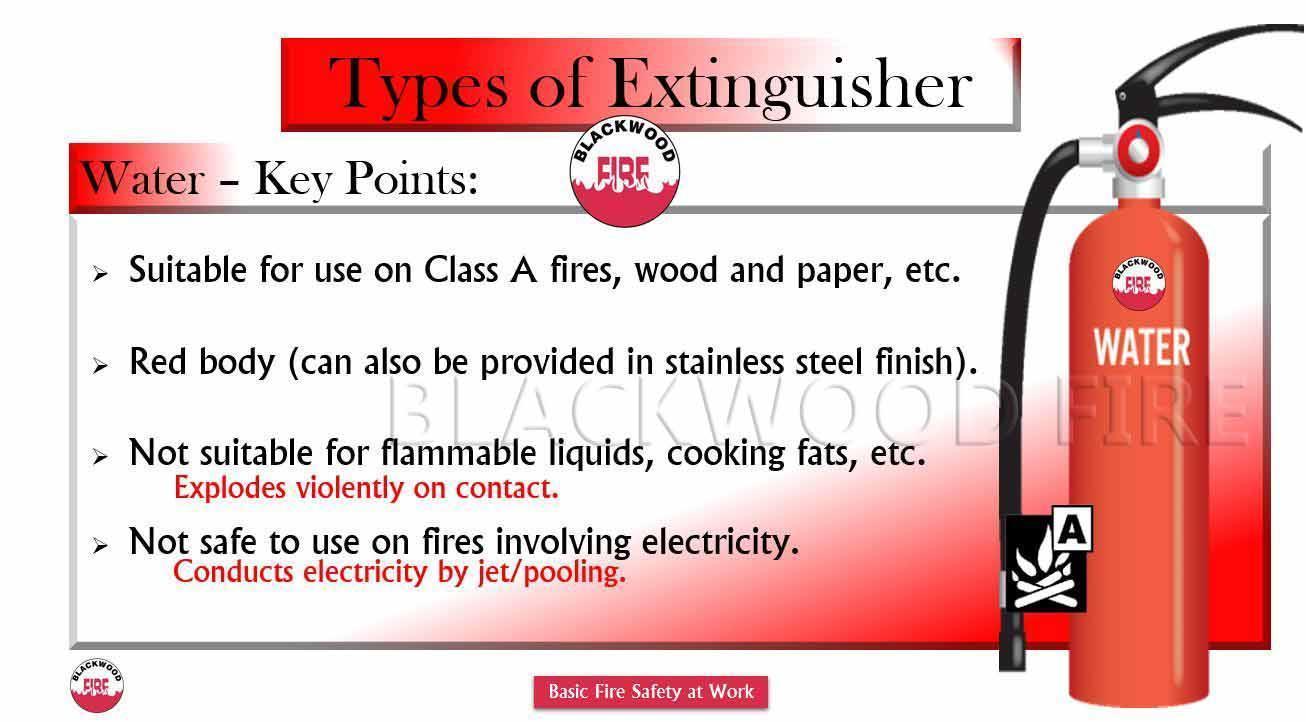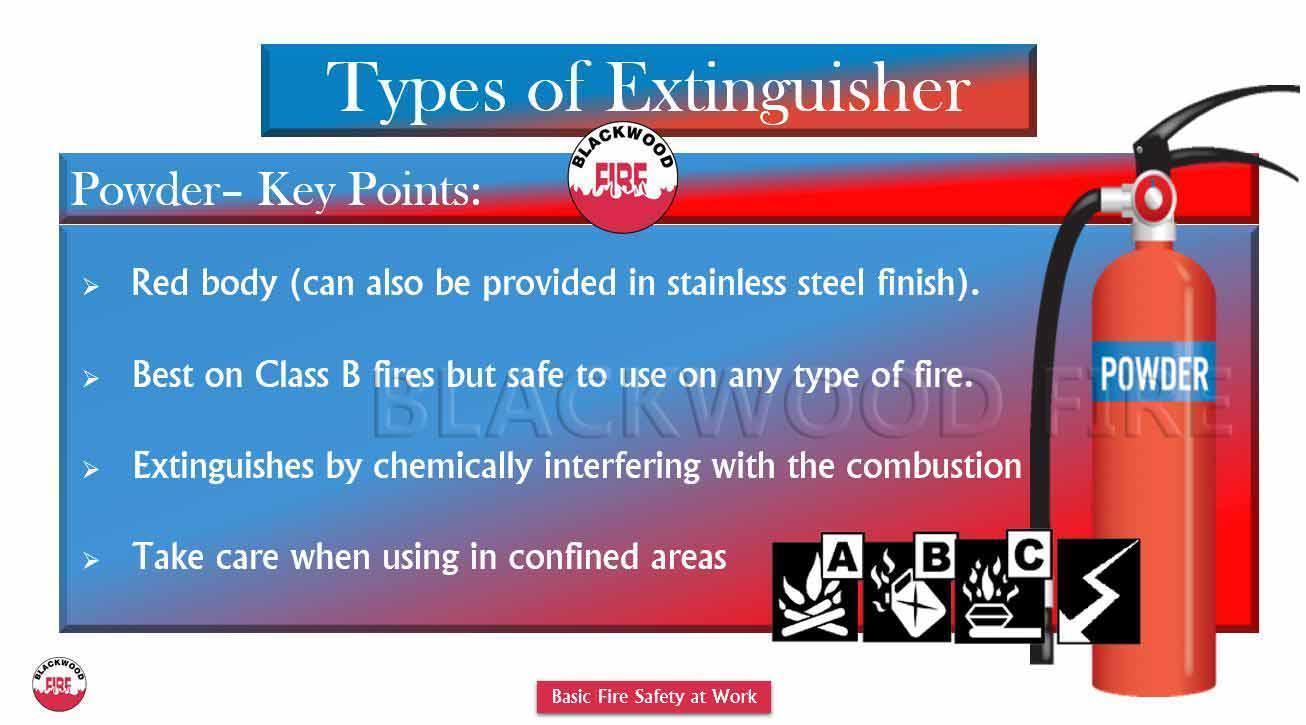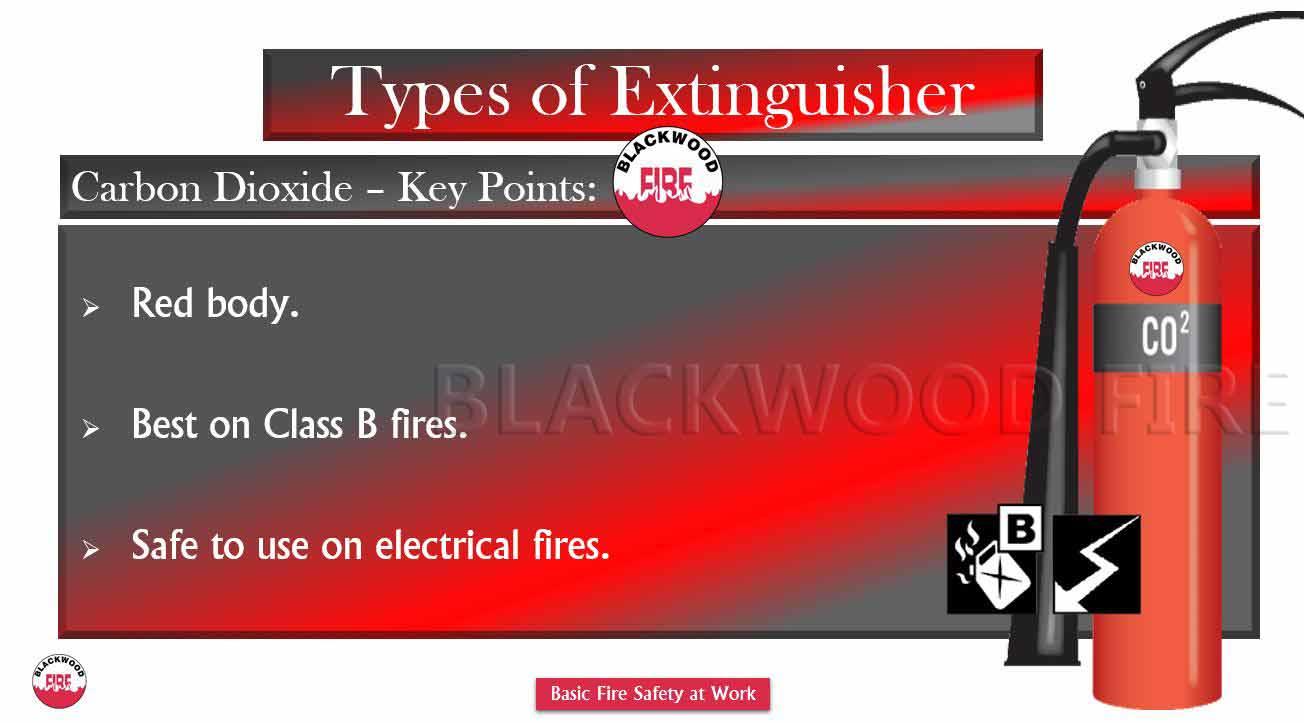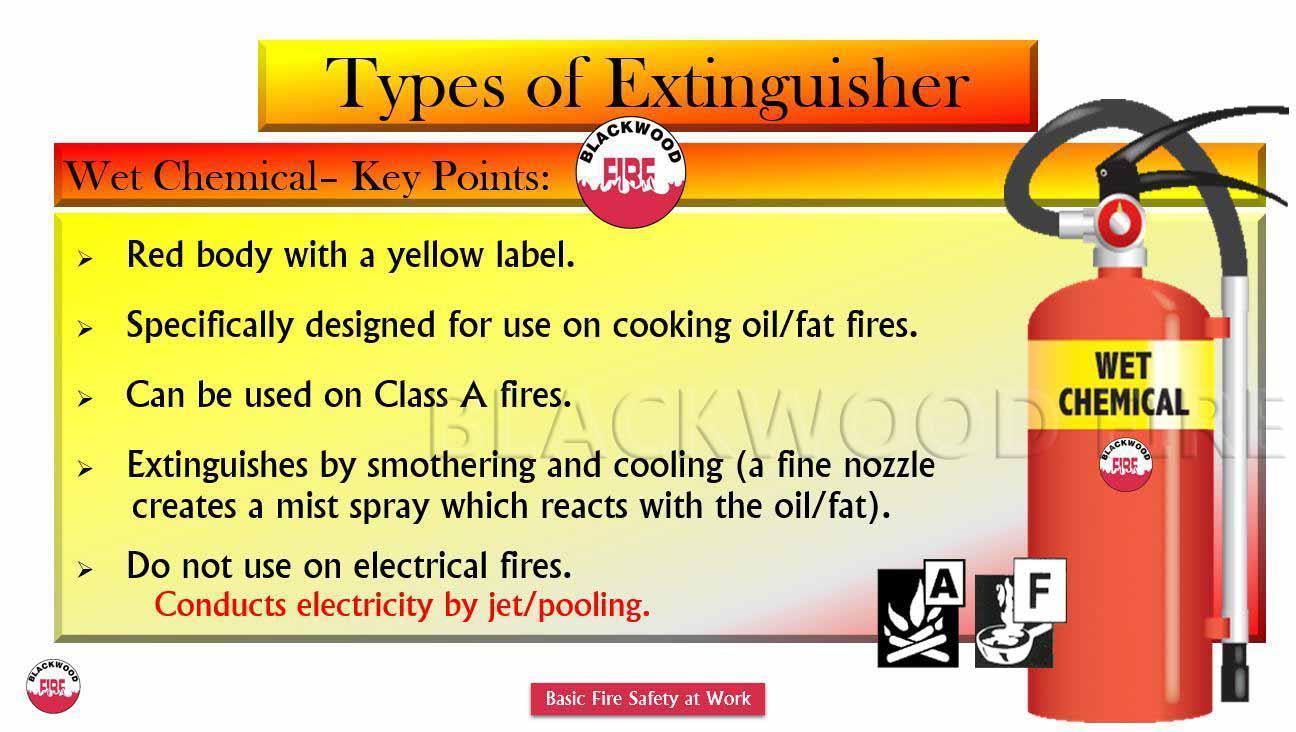other important activity for Tritya soapan....
1) Proficiency badges
Qualify for any two fo the following proficiency Badges, one from each groups.
Scouts-Group(a) Guides-Group(b)
a) Civil Defiance a)Civil Defiance
b) community worker b) Community Worker
c)Ecologist c)Ecologist
d)Oarsman d) Pioneer
e)Pioneer e) World Conservation
f)World Conservation f) Safety knowledge
g)Safety Knowledge g) Self Defence
h)Self Defense
Scouts-Group(b) Guides-Group(b)
a) Citizen a) AIDS Awarness
b) Book Binder b) Book Binder
c) Naturalist c) Citizen
d) Path Finder d) Computer Awareness
e) AIDS Awareness e) Drug Awareness
f) Healthy Man f) Healthy Women
g) Drug Awareness g) Hostess
h) Boatman h) Naturalist
i) Computer Awareness i) Path Finder.
2)Knowledge of Scouting in India and WOSM (World Organisation of Scout Movement)
visit:== bsgindia.org for Indian scout Movement
visit:== scout.org for wosm
visit these sites, gain knowledge and write the logs in your log book..
3) know and understand the safety measures wile using ATM card and Mobile Phone..
Banks and ATM operators have been busy installing new contactless machines since the pandemic. This is aimed at reducing the risk of infection for consumers. However, the risk of fraud still exists with card skimmers and spy cameras being used regularly, it’s in your best interests to take preventive measures to safeguard yourself while using an ATM.
Follow these tips to ensure a smooth and safe experience.
Stay alert
A very basic requirement while accessing an ATM is to stay alert at all times. Check for any suspicious activity or person in and around the ATM. Make sure you are not being followed and that nobody is spying on you. Check for a CCTV; try to use an ATM that has one – or at least one that has a security guard outside. Count your money inside the ATM or only when you reach a safe place. It is not advisable to handle cash in an open public area.
Keep your PIN a secret
Your PIN is the most valuable security measure when you access your account through an ATM, so make sure you keep it a secret. Always block the view of the ATM keypad with your hand while entering the PIN. Never disclose your PIN to anyone, unless you trust them explicitly. Remember, banks will never ask for your PIN, so do not be lured by anyone who asks for it. Also, avoid writing it down anywhere; commit it to memory.
Choose the right location
Using a secured ATM is essential for your safety. Always use an ATM that is on a busy street or in a secure building. Avoid using an ATM after midnight or one that’s in a deserted place. Even if you are using the ATM at night, ensure it is not in a dark corner. Do not use an ATM if you feel the surroundings are unsafe or notice any suspicious persons lurking around.
Don’t ask strangers for help
You may wish to seek help from strangers if you happen to get stuck while using an ATM. While this may be okay in an emergency, never disclose your PIN or get them to transact on your behalf. Do not count your cash in front of others. Asking for help should be a last resort; ideally try to avoid using that machine and look for another.
Ask your bank for assistance
Go to your bank for help if you face any issues while using their ATM. In some instances money may get debited from your account, but you may not receive it. Or you might not be able to access your account at all. Or your card may get pulled into the machine. In such situations, dial your bank’s toll-free assistance number immediately. This toll-free number can be easily found online or on bank’s official website. They will suggest a way out. Also use this feature if you ever lose your card, or if it gets stolen.
Check the ATM carefully
There have been instances where fraudsters have rigged inconspicuous electronic devices called ‘skimmers’ that can record anything you input. So, inspect the machine carefully – especially the keypad and card slot – before you enter your PIN. Sometimes these devices may even withhold your cash. In such cases, visit your bank branch or call the toll-free number for assistance. As an added precaution, do not throw away ATM receipts carelessly, as the information in them could be used against you.
Conclusion
The proliferation of ATMs has made cash withdrawal very easy. At the same time, this has added various hazards to user safety. While these machines are very convenient, a little caution on your part will make your transactions safer. Just like ATM, transactions through NetBanking is also convenient, it is essential that you take the necessary measures to stay safe while banking online.
Looking to apply for an ATM Card? Log into your HDFC Bank Account to get started!
New customers can get a new Debit Card through opening a new Savings Account while experiencing hassle-free banking with HDFC Bank. Existing HDFC Bank customers can get their Debit Card reissued within minutes
3) Using basic electrical/electronic devices, making out gadgets useful at home, under supervision of a trained Adult..
4) FIRE
a) Safety precautions with regards to Fire.
- Install fire protection
Smoke alarms are your best early warning system in the event of fire. Install smoke alarms on every level of your home, including the basement, and outside each sleeping area. If you sleep with the door closed, install one inside your sleeping area as well.
Test alarms every month and replace batteries once a year, or whenever an alarm "chirps" to signal low battery power. Never "borrow" a smoke alarm's battery for another use - a disabled alarm can't save your life. Replace all alarms that are more than 10 years old. For complete home protection, consider installing an automatic fire sprinkler system. - Plan your escape from fire
If a fire occurs in your home, you have to get out fast. Sit down with your family and work out an escape plan in advance. Be sure that everyone knows at least two unobstructed exits - including windows - from every room. (If you live in an apartment building, use the stairs, not the elevator to escape from fire.) Decide on a meeting place outside. Have your entire household practice you escape plan at least twice a year. - Keep an eye on smokers
Careless smoking is the leading cause of fire deaths in North America. Smoking in bed or when you are drowsy could be fatal. Provide smokers with large, deep, non-tip ashtrays, and soak butts with water before discarding them. Before going to sleep or leaving home after someone has been smoking, check under cushions and around upholstered furniture for smoldering cigarettes. - Remember:matches and lighters are tools, for adults only! Use only child-resistant lighters and store all matches and lighters up high, where kids can't see or reach them, preferably in locked cabinet. Teach children that matches and lighters are tools, for grown-ups only. Teach young children to tell a grown-up if they find matches or lighters; older children should bring matches and lighters to an adult immediately.
- Kitchen safety
Always stay near cooking to monitor it closely. Keep cooking areas clear of combustibles, and wear clothes with short, rolled-up, or tight-fitting sleeves when you cook. Turn pot handles inward on the stove where you can't bump them and children can't grab them. Enforce a "kid-free" zone three feet (one meter) around your kitchen range. If grease catches fire in a pan, slide a lid over the pan to smother the flames and turn off the heat source. Leave the lid on until the pan is completely cool. - Give space heaters space
Keep portable heaters and space heaters at least three feet (one meter) away from anything that can burn. Keep children and pets away from heaters, and turn them off when you leave home or go to sleep. - Use electricity safely
If an electric appliance smokes or has an unusual smell, unplug it immediately, then have it serviced before using it again. Replace any electrical cord that is cracked or frayed. Plug only one electrical cord into each receptacle. Avoid running any cords under rugs. Don't tamper with your fuse box or use improper-size fuses. - Cool a burn
Run cool water over a burn for 10 to 15 minutes. Never apply ice. Never put butter or any other grease on a burn. If the burned skin blisters or is charred, see a doctor immediately. - Crawl low under smoke
If you encounter smoke while you are escaping from a fire, use an alternative escape route. If you must escape through smoke, crawl on your hands and knees, keeping your head 12 to 24 inches (30 to 60 centimeters) above the floor, where the air will be cleaner. - Stop, drop, and roll
If your clothes catch fire, don't run. Stop where you are, drop to the ground, cover your face with your hands, and roll over and over to smother the flames. Cool the burn with water and call for help.
A bucket brigade or human chain is a method for transporting items where items are passed from one (relatively stationary) person to the next.
The method was important in firefighting before the advent of hand-pumped fire engines, whereby firefighters would pass buckets to each other to extinguish a blaze. This technique is still common where using machines to move water, supplies, or other items would be impractical.
This method needs a number of participants sufficient for covering the distance.
by this way we will be passing water buckets to set of ifre.
c) How to tackle Dry Grass Fire
- Cut off the fire by chopping grass and plants around the fire is called fire belt.
- Throw the sand, soil and water with force whatever is available.
- You can use Bucket Chain Method to supply sand or water to the fire place.

The different classes of fire extinguisher rating are listed below together with the some of the most suitable types of fire extinguisher for use on each class of fire:
Class A - Suitable for paper, wood & textiles.
Type of fire extinguisher - Water, Foam, Dry Powder, Wet Chemical
Class B - Suitable for flammable liquids.
Type of fire extinguisher - Foam, Dry Powder, Carbon Dioxide (CO2)
Class C - Suitable for flammable gasses.
Type of fire extinguisher - Dry Powder
Class F - Suitable for cooking oil and fat.
Type of fire extinguisher - Wet Chemical
Electrical Risk - Suitable for electrical equipment.
Type of fire extinguisher - Dry Powder, Carbon Dioxide (CO2)
Fire Extinguisher Colour Coding or Colour Bands
Current fire extinguishers in the UK are subject to strict standards and that includes their colour coding or colour bands.
Fire extinguishers that meet the BS EN3 standard are manufactured with a red body and have a zone band of a second colour, covering up to 10% of the surface, that indicate the extinguisher’s contents. Each type of fire extinguisher has a particular zone of colour making it easier for the user to identify the contents of the fire extinguisher.
Older fire extinguishers that pre-dated the current standard are still found. These extinguishers were in colours other than the now predominantly red colour required to conform to BS EN3 and may still be legal. However, if they need to be replaced because they are unserviceable or damaged, the new extinguisher needs to comply with the new requirements if it is to meet the BS EN3 standard.
Typical colour zones of current fire extinguishers in the UK and the key features of each are:
Water Fire Extinguisher
 Colour Zone - White
Colour Zone - White
Dry Powder Fire Extinguisher
 Colour Zone - Blue
Colour Zone - Blue
Carbon Dioxide (CO2) Fire Extinguisher
 Colour Zone - Black
Colour Zone - Black
Foam Fire Extinguisher
 Colour Zone - Cream
Colour Zone - Cream
Wet Chemical Fire Extinguisher
 Colour Zone - Yellow
Colour Zone - Yellow
SERVICE
Know and understand the disease tuberculosis - its symptoms, treatment and precautionary measures to be preventing the disease, knowledge about Directly Observed Treatments (DOTS).

Comments
Post a Comment